

The London Loop is a walking route of 150 miles length around the outer boundaries of London split into 24 sections. See tfl.gov.uk /modes/walking/loop-walk for more details. Inner London Ramblers now produces updated guides to the walk.
I last walked this leg of the loop in March 2019 but it wasn't blogged here. A lengthy stretch but quite pleasant and a glorious sunny day as well.


The walk starts at Petts Wood station and by good luck I managed to catch the 1014 train from Waterloo East so arrived there around 1050. From there a short walk through the suburbs to pick up the loop at Jubilee Country Park.

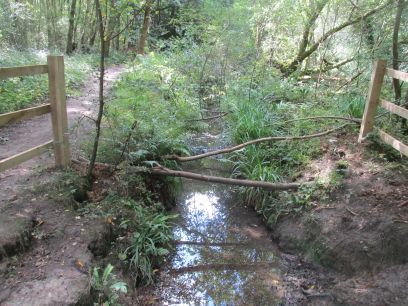
Through Jubilee Country Park and then along a quiet suburban street to reach Crofton Wood. Half way along I crossed a stream.
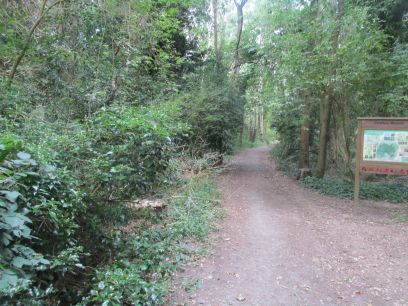

At the top of the path through the wood I met up with another couple doing the loop, also with the Colin Saunder's guide book, and we stopped a while to chat. They insisted on taking a photo of me before we parted.
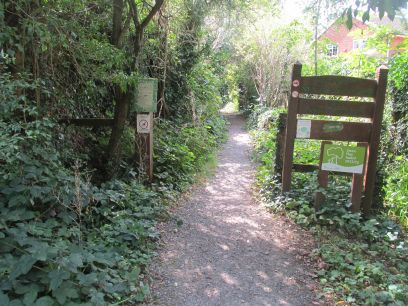
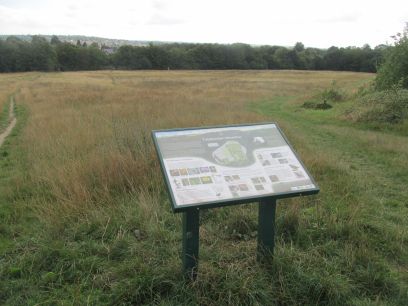
Into Darrick and Newstead Woods Nature Reserve which after a while emerges at Tubbenden Meadows with excellent views south. There is a trail across the meadow but no sign of the numbered signs the guide book mentions.
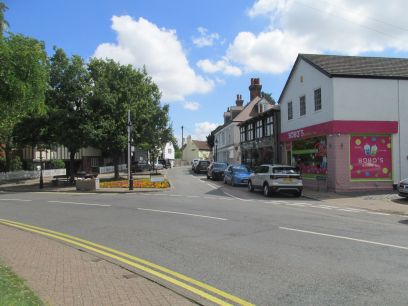
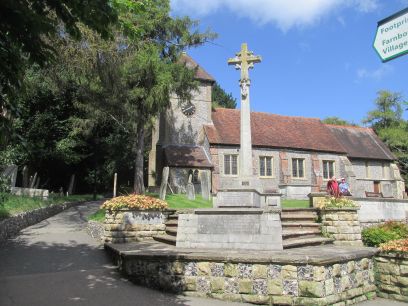
The route crosses the busy A21 then drops down to Farnborough village. I paused for lunch here at the Change of Horses then continued my walk through the churchyard.
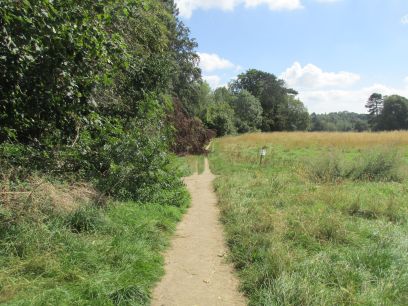
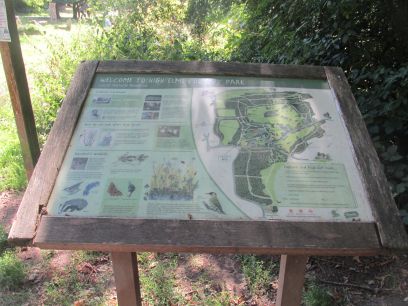
Through the large Church Field into the woods beyond and I reached High Elms Country Park.
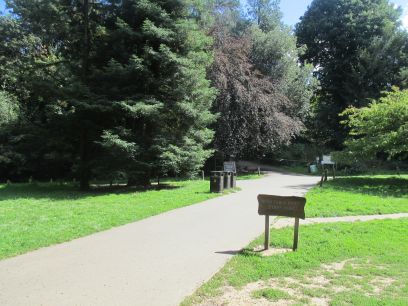
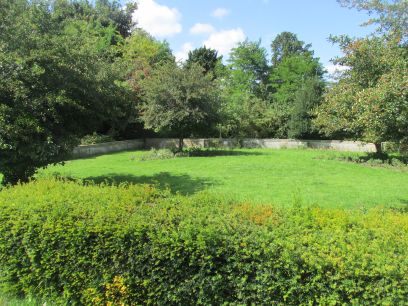
I must admit the directions for the Loop through High Elms were far from clear and like last time I strayed from them. It is a pleasant area with the Bromley Environmental Education Centre, a cafe and other items. Then the site of a great mansion owned by the Lubbock family is passed though all that is visible is the remains of the foundations, it burnt down in 1967.


Out of High Elms and through Clockhouse Community Orchard with the clock tower on High Elms road that gives it its name.
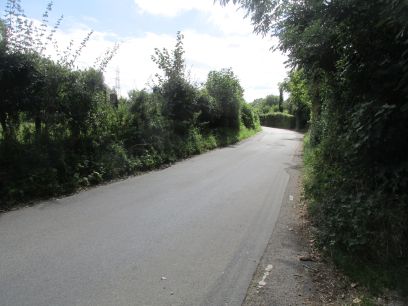
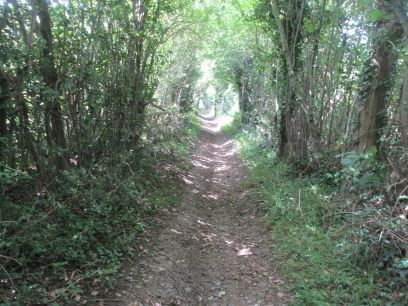
More country lanes with no footpaths then along the intriguingly named Bogey lane. The first half is actually through an adjacent field accessed by steep steps. Returning to the lane the directions again were a bit confusing and I had to check directions from a passing couple.
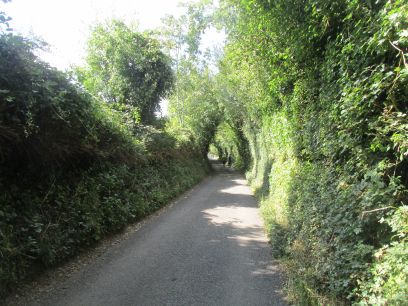
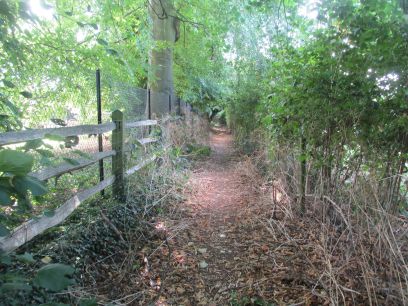
Reaching Farthing Street, another narrow rural lane, which has to be followed a while down to the grounds of Holwood House.
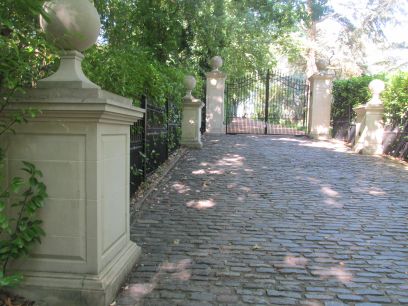

The drive leading to the magnificent Holwood House which is now appartments but originally was the home of William Pitt. Then into woodland and the Wilberforce Oak appears, one of the highest points of the Loop at 169m.


The Wilberforce Oak was the scene of a conversation in 1788 between William Wilbeforce and William Pitt the Youngerthat resulted in the bill to abolish the slave trade. Nearby is a plaque giving the details and a fenced off seat.
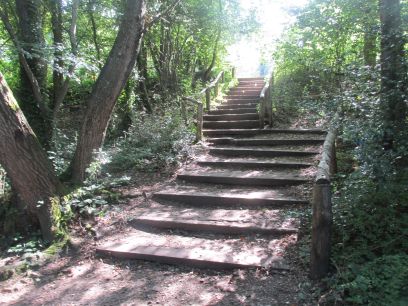
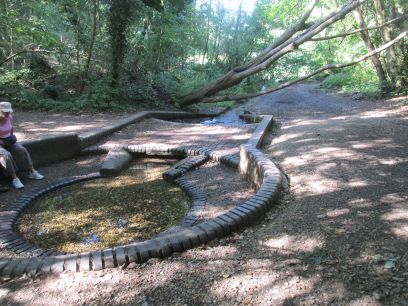
After crossing the busy A233 Keston Common is entered. Very steep steps lead to Caesar's Well, the source of the river Ravensbourne.

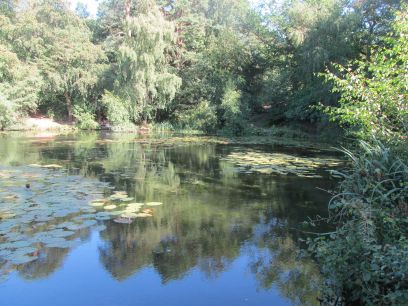
The well leads to the three Keston Ponds, very attractive.

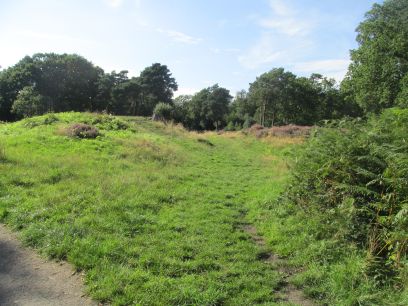
From the ponds and through the small suburb of Keston there now follows quite a long walk through woodland parallel Baston Manor road and eventually the A232. Pleasant but not that much to see. Towards the top is West Wickham earthworks, a neolithic site dating back some 3,500 years. This brought me to the end of leg 3.
A short walk, after negotiating the busy A232, brought me to Hayes station. I just missed the 1700 train so a short wait for the next one, then to Waterloo and home. Probably one of my longest days, not arriving home until nearly 7.30, but very enjoyable indeed.